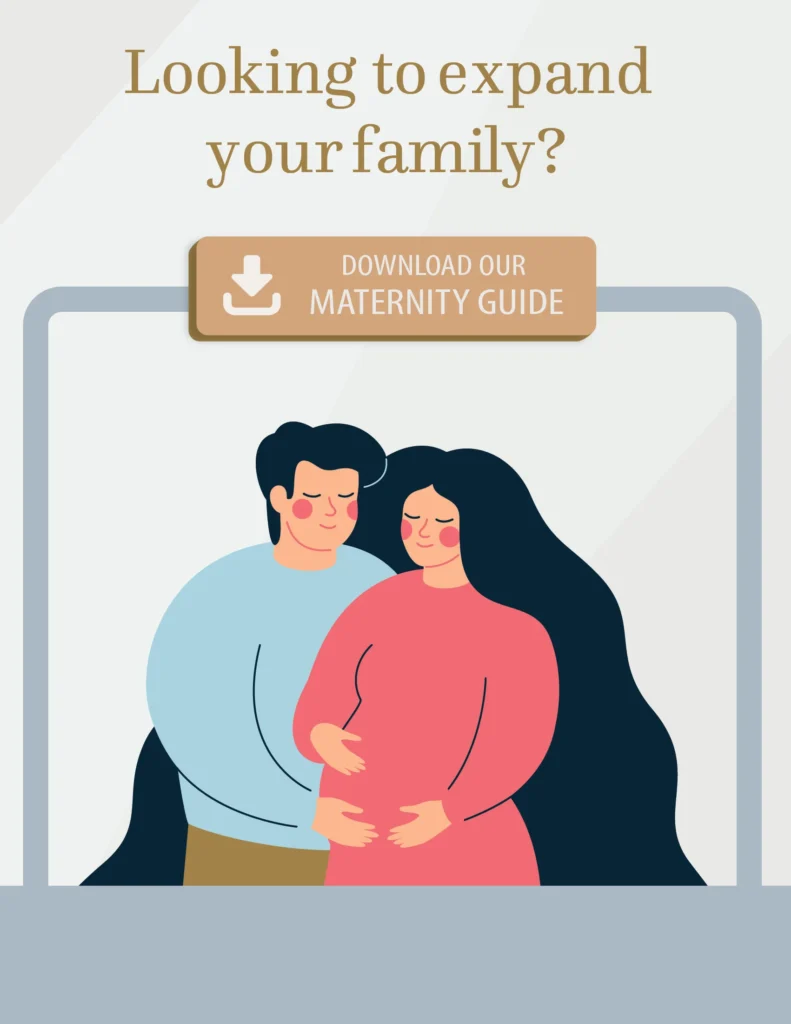Labor might seem like a scary concept with a lot of unknowns, but it doesn’t have to be that way. It’s good to be prepared with the knowledge of what’s to come so when it’s time to meet your baby, you can go into it with full confidence, embracing the joy and excitement that fear can rob from you during the stages of labor.
The sequence of events is different for everyone
Every woman’s labor is different. And your labor may be different each time you have a baby. But there are patterns to labor that are true for most women. Sometimes, labor is over in a matter of hours. Other times, labor lasts a day or more. You won’t know how labor and childbirth will unfold for you until it happens. However, you can prepare by learning about each stage of labor and the typical sequence of events. Here’s what to expect during the three stages of labor and birth.
First stage of labor
The first stage of labor and birth is characterized by dilation and cervical effacement. It starts when you feel consistent contractions that cause the cervix to open (dilate) and soften, shorten, and thin (efface). This allows your baby to move lower into your pelvis and into your birth canal.
The first stage of labor is the longest stage, and it’s divided into early labor and active labor. For a first-time mom (or a primipara), it can last from 12 to 19 hours on average. It may be shorter for moms who’ve already had children. This stage of labor ends when you are 10 centimeters dilated.
Early labor
As your cervix begins to open, you might notice a clear pink or slightly bloody discharge from your vagina. You may feel mild contractions that come every 5 to 15 minutes and last 60 to 90 seconds.
This is a great time for you to rely on your labor support person. For first-time moms, early labor can last from six hours to a day or more. This phase is often much shorter for moms who have already had children.
What you can do:
- Try to rest as much as possible. If labor starts at night, try to sleep.
- Eat snacks or a small meal or for energy.
- Drink water to stay hydrated.
- Try relaxing in a bath or a shower.
- Take slow, relaxing breaths during contractions.
- If you can’t rest, go for a walk.
Your healthcare provider will instruct you on when to leave for the hospital or birthing center. If you have an uncomplicated pregnancy, you may spend most of your early labor at home until your contractions start to increase in frequency and intensity.
Active labor
Active labor starts when your cervix has dilated to six centimeters and your contractions become stronger, longer, and more painful. Each contraction lasts about 30-60 seconds and can be as close as three minutes apart. You may feel pressure in your lower back. If your water hasn’t broken yet, it will likely break during active labor.
Active labor often lasts 4 to 8 hours or more. On average, your cervix will dilate at approximately 1 cm per hour.
What you can do:
- Go to your delivery location if you aren’t there already.
- Look to your healthcare team and labor partner for encouragement and support.
- Continue to use breathing and relaxation techniques.
- Move around and change positions often.
- Try to rest between contractions, even if it’s only for a minute or two.
- Make sure your healthcare team understands your preferences for pain management. If you’re going to take medicine to help relieve labor pain, this is the time to request it.
- Go to the bathroom often to empty your bladder.
The last part of active labor, often referred to as transition, can be particularly intense and painful. Transition typically lasts 15 to 60 minutes. You will experience pressure in your lower back and rectum.
Tell your healthcare provider if you feel the urge to push. You don’t want to start pushing until your provider checks your cervix to see how dilated it is.
If you want to push but you’re not fully dilated, your healthcare provider may ask you to try to hold back. Pushing too soon could make you tired and cause your cervix to swell, which might delay delivery.
When it’s time to meet your baby, you can go into it with full confidence, embracing the joy and excitement that fear can rob from you.
Giving birth
The second stage of labor starts at complete cervical dilation and ends when your baby is born. This stage can take from a few minutes to a few hours. It is typically longer for first-time moms.
What you can do:
- Push during contractions and rest between them. Push when you feel the urge or when your healthcare team or support person tells you to push.
- Experiment with different positions until you find one that feels best. You can push while squatting, sitting, kneeling—or even on your hands and knees.
- At some point, you might be asked to push more gently—or not at all. Slowing down gives your tissues time to stretch rather than tear.
As you are pushing, your baby’s head will begin to show. This is called crowning. Your provider will help guide your baby out of the birth canal. After your baby’s head is delivered, the rest of the baby’s body will follow. You may be asked to push one more time to get the baby’s shoulders out.
Once your baby is born, the baby’s airway will be cleared if necessary. The baby is often placed skin-to-skin on your chest and covered with a blanket. Your healthcare provider may wait a few seconds to a few minutes before cutting the umbilical cord.
Placenta
During the third stage of labor, you’ll deliver the placenta. Your provider will tell you when it’s time to push gently one more time to deliver the placenta.
You’ll continue to have contractions, but they won’t be as painful. These contractions help the placenta separate from the uterus and move into the birth canal. This stage is the shortest and usually doesn’t take more than 30 minutes.
After you deliver the placenta, your uterus will continue to contract as it returns to its normal size. You will likely be given medication right before or after the placenta is delivered to encourage uterine contractions and minimize bleeding. Your provider will press on your belly to make sure the uterus feels right and examine your perineum to determine whether you need repair of any tears.
Your healthcare provider will examine the placenta to make sure it’s intact. Any remaining fragments must be removed from the uterus to prevent bleeding and infection.
Now that labor is finished, relax and enjoy this very special time with your growing family!
Contact us
Have any questions or concerns about the stages of labor? Call CHM’s Maternity Support Team at 1-800-791-6225 for medical and program-related support.

CHM Maternity Guide
When you’re thinking about starting a family, considering all your options is a great first step.
Learn more about CHM’s maternity program and make sure you’re prepared by signing up to receive the Maternity Guide.




